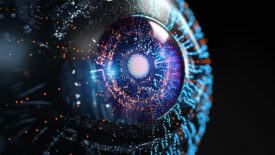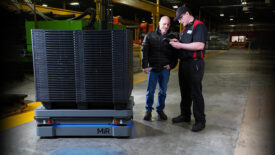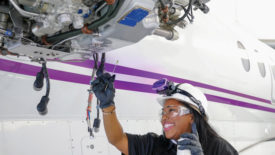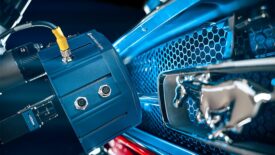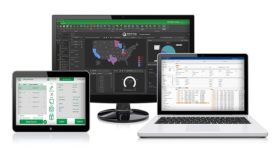Featured on Home Page
Software & Analysis
Quality professionals need to be concerned with software outside the realm of enterprise quality management systems (EQMS).
Read More
Q&A | Reed Switch Developments Corp.
A Holistic Approach to Quality: A Post-Show Q&A with 2023 Quality’s Plant of the Year, Reed Switch Developments Corp.
November 15, 2023
Vision & Sensors | Machine Vision 101
Part 1: AI and Machine Vision Lenses: Enhancements, Trends, and Evolution
The importance of quality image acquisition cannot be stressed enough.
November 14, 2023
Machine Vision Systems
Machine Vision for Battery Production 4.0
Machine vision has increasingly established itself as an indispensable technology for companies in a wide range of industries.
November 13, 2023
Vision & Sensors | Robotics
What You Need to Know About Robot Safety Standards
A Q&A with A3’s Carole Franklin
November 13, 2023
Vision & Sensors | Trends
Machine Learning and Artificial Intelligence Tools: The Benefits, How They Work, and Avoiding Common Pitfalls
Dive into the world of artificial intelligence (AI) and machine learning and learn how to deploy and maintain this evolving technology.
November 7, 2023
Vision & Sensors | Vision
How Robotics Applications Benefit from Machine Vision Lighting Advances
Innovations in illumination create new opportunities in automotive manufacturing, food processing, and warehousing.
November 6, 2023
Software
3 Ways Manufacturers Do More with Less
Imagine having an ERP system built specifically for your business.
November 3, 2023
Test & Inspection
How Do Tap Limits Affect Gage Selection?
It is not always as simple as it sounds.
November 2, 2023
Stay in the know with Quality’s comprehensive coverage of
the manufacturing and metrology industries.
eNewsletter | Website | eMagazine
JOIN TODAY!Copyright ©2024. All Rights Reserved BNP Media.
Design, CMS, Hosting & Web Development :: ePublishing



